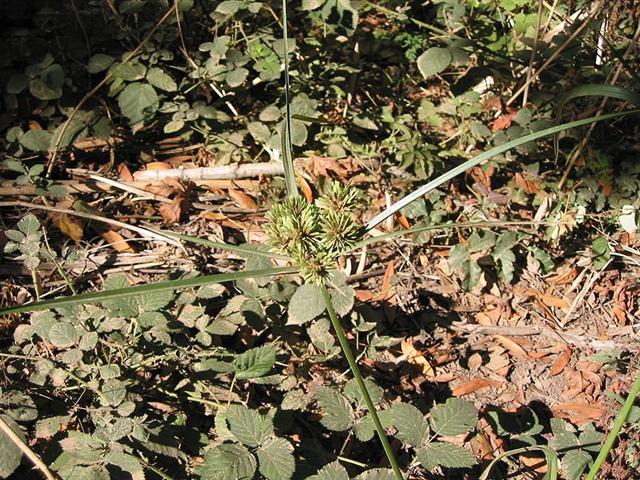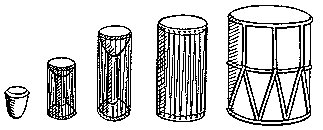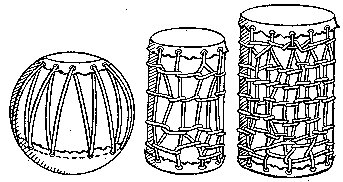|
TRANSLATIONS
Winter solstice illustrated in Ga1-26 can be motivated by the fact the 26 * 7 = 182 = 364 / 2.
However, counting 26 weeks is equal to counting 13 fortnights. Ga1-26 could rather, therefore, indicate the end of the year at 364:
At right in Gb5-5 the arm resembles that at left in Ga1-29. From Ga1-30 up to Gb5-6 there are 11 * 30 = 15 * 22 glyphs. From Ga1-26 up to Gb5-12 there are 5 * 68 = 340 glyphs. The glyphs around summer solstice should reflect the different possible halfway positions:
Only half of the glyphs, those with even numbers, can easily be compared with those at the halfway points:
Most intriguing is Ga7-2 (ika hiku, the tail fish), at position 13 * 14 = 182. Hiki kioe ('the tail fin rat') is the name of a curiously looking plant, which Metoro may have thought of:
It (Cyperus vegetus) has - according to the picture (from Wikipedia) - 6 spidery 'legs', not 8 as in Ga7-12, but sun (the rat) should be associated with 6. At position 197 another ika hiku arrives, with 7 legs:
The tail of the rat should refer to Te Kioe Uri, and he has reached his end at 182. In Ga7-12 he may have been identified with a kind of spider (8 legs). 182 / 8 = 22.75 and 197 / 7 = 7 * 28 + 1/7. 7 * 29.5 = 206.5 - what is the meaning of the legs? With 4 at left (in both glyphs), the past is referred to. Then 182 / 4 = 45.5 and 197 / 4 = 49.25, not much wiser for that. If the 'spider' looses one leg with 15 glyphs, it means he had 8 * 15 = 120 at the beginning. It could refer to the beginning of Te Poko Uri:
In K there is only one ika hiku (suggesting that the 7-legged one in G refers to the 2nd cycle of the year):
Although this one also has 8 legs, the disposition is quite different. But there is order: 13 * 14 = 182 and 13 * 13 = 169. The 13th zodiacal sign has been erased. At Kb4-16 the text is not finished, neither the calendar. 168 / 24 = 7, and the 8th 24-glyph sequence (24-day period) is 'in the dark'. According to OgotemmÍli the Dogon people had 8 drums, not 7, but one was special:
At Ga7-12, positioned halfway to 364 = 26 * 28, a similar situation rules. The text in G continues way beyond number 364. But with Hanga Te Pau (366) the light is finished, and half 366 = 183. 472 - 366 = 106. 183 + 53 = 236:
|
|||||||||||||||||||||||||||||||||||||||||||||||||||||||||||||||||||||||||||||||||||||||||||||||||||||||||||||||||||||||||||||||||||||||||||||||||||||||||||||||||||||||||||||||||||||||||||||||||||||||||||||||||||||||||||||||||||||||||







































